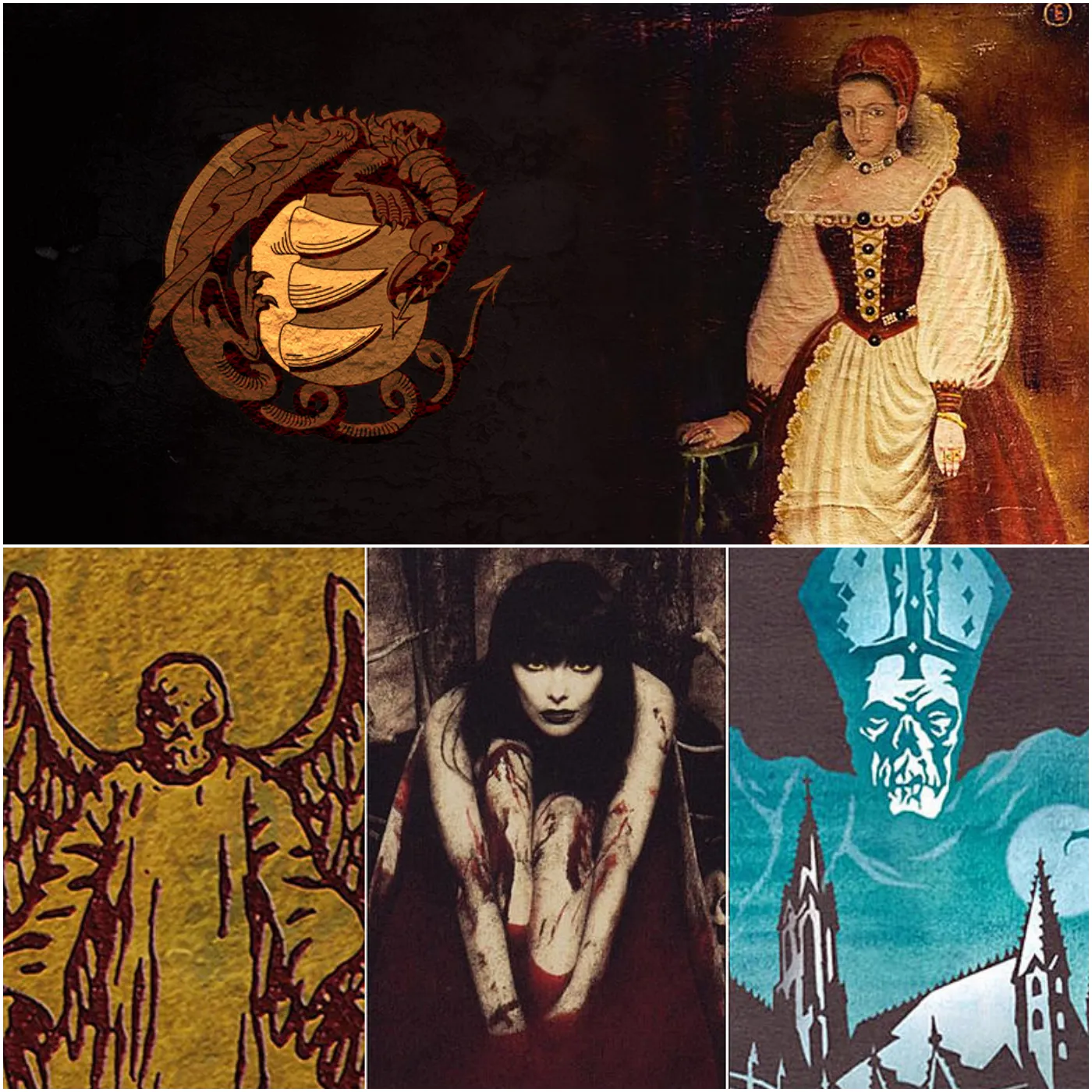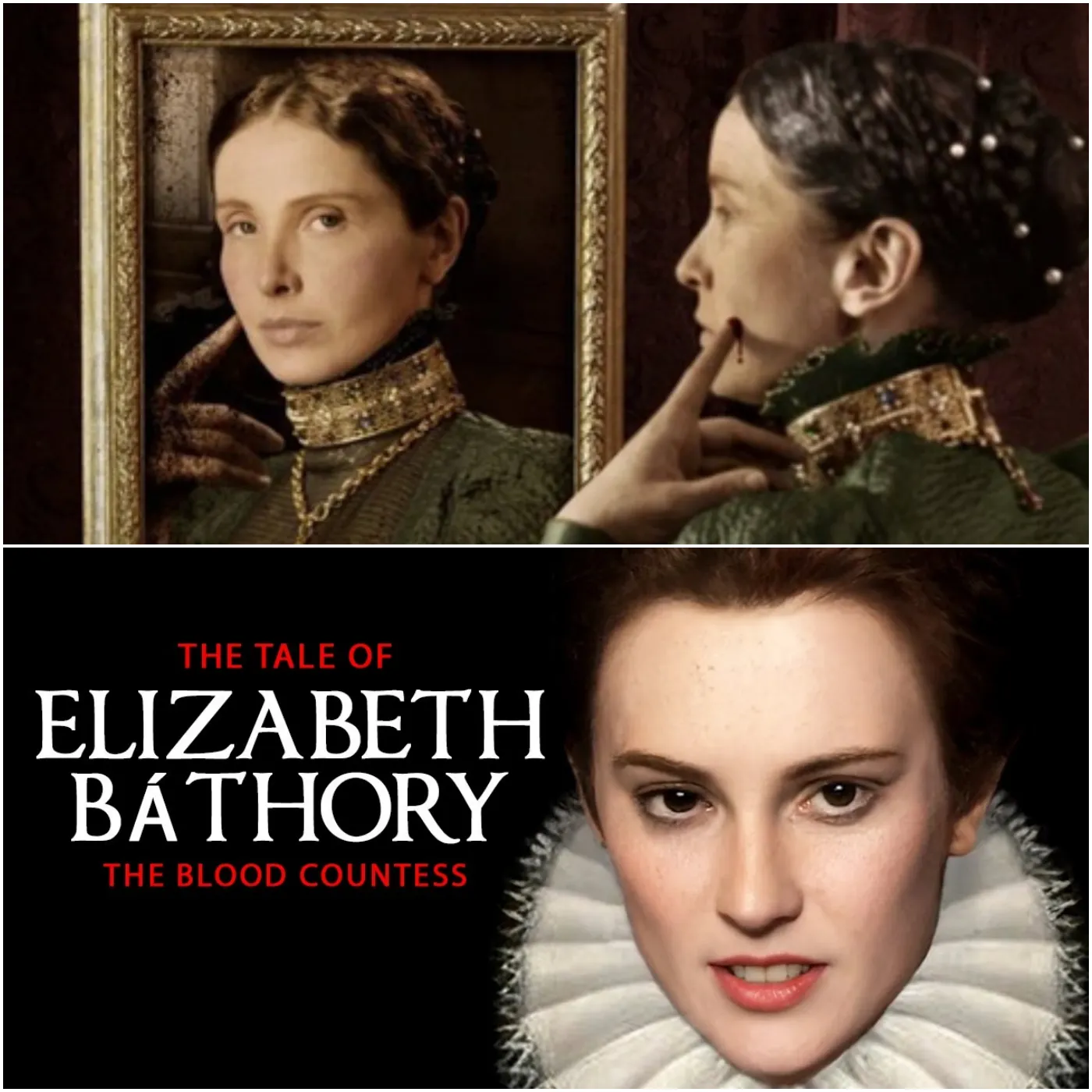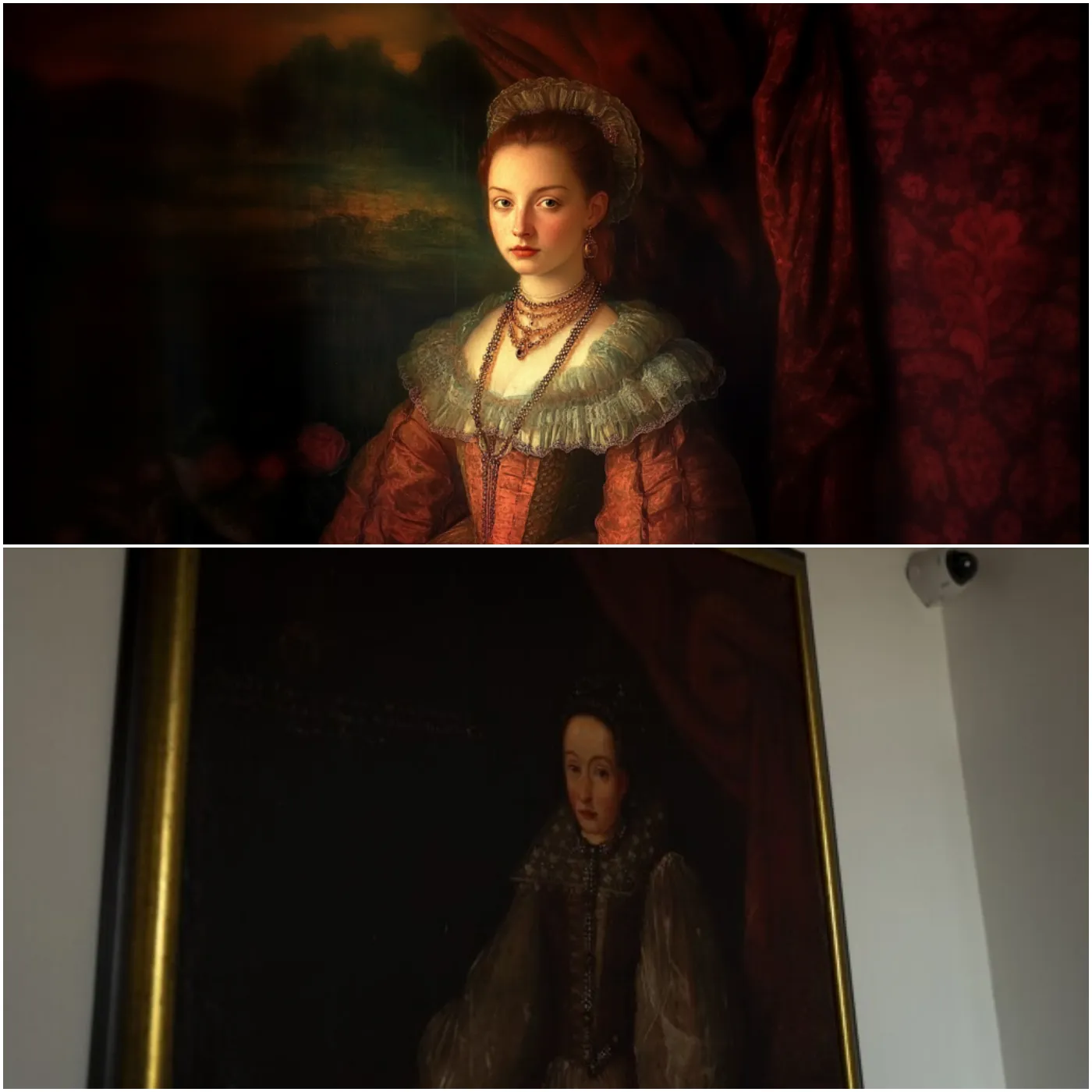

The Legend of the Blood Countess: The Dark Legacy of Elizabeth Báthory
The Legend of the Blood Countess: The Dark Legacy of Elizabeth Báthory
Throughout history, few names have been as shrouded in horror and mystery as Elizabeth Báthory, the infamous Blood Countess. A Hungarian noblewoman of the 16th and 17th centuries, her legend is filled with tales of unspeakable cruelty, blood rituals, and vampiric obsession. But how much of it is a fact, and how much is a myth? Was she truly a vampire, or just a victim of political intrigue?

The Noblewoman with a Sinister Reputation
Elizabeth Báthory was born in 1560 into one of the most powerful noble families in Hungary. She was well-educated, multilingual, and had strong political ties. At the age of 15, she married Ferenc Nádasdy, a Hungarian war hero, and moved into Castle Čachtice, which would later become infamous as the site of her alleged crimes.
Despite her noble status, rumors swirled about Báthory’s dark interests. Stories claimed she had a violent temper, often punishing her servants with extreme cruelty. However, the most horrifying allegations would not emerge until years later, after the death of her husband in 1604.

The Horrific Crimes of the Blood Countess
According to legend, Elizabeth Báthory developed an obsession with youth and beauty. Some accounts say that she discovered the anti-aging power of blood by accident—when a servant girl pulled her hair while brushing it, Báthory struck her so hard that the girl’s blood splattered onto her skin. The countess allegedly noticed her skin looked younger where the blood had touched, leading her to believe that bathing in the blood of young women could preserve her beauty forever.
Over the years, it is said that hundreds of girls—mostly peasants from nearby villages—were lured into her castle under false pretenses, only to be tortured and murdered. The exact number remains unknown, but estimates suggest between 80 to 650 victims. The alleged torture methods were as gruesome as they were creative, involving needles, hot irons, freezing conditions, and even starvation.
Arrest, Trial, and a Mysterious Fate
For years, the rumors of Báthory’s crimes were dismissed due to her high-ranking noble status. However, in 1610, King Matthias II of Hungary ordered an investigation. Led by György Thurzó, a team of officials raided Castle Čachtice and reportedly found dozens of bodies and imprisoned victims. Witness testimonies painted a horrifying picture of her crimes, and Báthory was arrested.
Despite overwhelming accusations, Báthory was never put on trial due to her noble blood. Instead, she was sentenced to house arrest, locked away in a walled-up room in her own castle. She remained there for four years, until her death in 1614.
Was She a Monster or a Political Scapegoat?
While history brands her as one of the most prolific female killers, some historians argue that Báthory may have been a victim of political conspiracy. She was a wealthy, powerful widow with vast estates, and her downfall conveniently benefited those in power. Some believe that the shocking tales were exaggerated or fabricated to justify seizing her lands and influence.
Additionally, the idea of a “female vampire” or “blood-drinking countess” fits perfectly into gothic horror storytelling, influencing later vampire myths and fiction. Some even suggest that Báthory inspired Bram Stoker’s Dracula, although there is no direct evidence of this.
The Legacy of the Blood Countess
Regardless of whether Elizabeth Báthory was truly the monstrous Blood Countess or a wronged noblewoman, her legend has endured. She has been the subject of books, films, and folklore, cementing her place in the dark history of vampire mythology.
Even today, the ruins of Castle Čachtice stand as a haunting reminder of her story, attracting curious visitors and paranormal investigators alike. The name Elizabeth Báthory will forever be associated with blood, beauty, and horror—a legend that refuses to fade, much like the night itself.

The Blood Countess in Popular Culture
Elizabeth Báthory’s dark legend has transcended history, influencing literature, films, and even modern vampire lore. Over the centuries, she has been depicted as a female Dracula, a ruthless predator who bathed in the blood of her victims to achieve eternal youth. This image has fueled countless horror stories, making her one of the most infamous figures in Gothic fiction.
From novels to video games, Báthory’s story continues to haunt and fascinate. She appears in works such as “Carmilla” by Sheridan Le Fanu, an early vampire tale featuring a bloodthirsty noblewoman, and has even inspired films like “Countess Dracula” (1971) and “Stay Alive” (2006). In the gaming world, characters like Lady Dimitrescu from Resident Evil Village bear eerie similarities to the Blood Countess, proving her myth is far from forgotten.
Even in music, her chilling reputation endures. Several bands, including metal groups like Cradle of Filth, have dedicated songs and albums to her legend, portraying her as both a terrifying villain and a tragic figure.
Despite the mystery surrounding her life, one thing is certain—Elizabeth Báthory’s story has secured her place in the immortal pantheon of horror. Whether she was a monstrous killer or the victim of a conspiracy, her name will continue to be whispered in dark tales of blood, power, and fear, ensuring that the legend of the Blood Countess never truly dies.
Few historical figures inspire as much fear and fascination as Elizabeth Báthory, the infamous Blood Countess. Her legend, steeped in tales of murder, cruelty, and bloodlust, has endured for centuries, transforming her from a noblewoman into a symbol of pure horror. But who was she really? A sadistic serial killer, a wrongfully accused aristocrat, or something far more complex?
The Birth of a Legend
Born in 1560 into the powerful Báthory family, Elizabeth had access to immense wealth, influence, and status. Her family was one of the most distinguished in Hungary, with connections to royalty and high-ranking officials. From a young age, she was surrounded by stories of brutality, war, and power struggles, all of which would later feed into the dark legends surrounding her.
Elizabeth was known for her intelligence, multilingual abilities, and interest in science. However, it is said that she also had a cruel streak, reportedly showing signs of violence from a young age. Some historians believe that her upbringing in a harsh and violent society may have shaped her ruthless nature.
At fifteen, she was married to Ferenc Nádasdy, a nobleman from another influential family. Their marriage cemented a political alliance, but Ferenc was often away, leaving Elizabeth to manage vast estates. This was an unusual amount of power for a woman of her time, but it also meant she had little oversight—a fact that later contributed to the horrifying accusations against her.
Torture, Murder, and the Horrific Crimes
The legend of Elizabeth Báthory paints her as a sadistic serial killer who lured young girls into her castle under the pretense of offering them work as servants. Once inside, they were subjected to unspeakable acts of torture and cruelty. Witnesses claimed she beat them, burned them, cut them with scissors, and even bit their flesh.
One of the most macabre elements of her story is the claim that she bathed in the blood of virgins, believing it would grant her eternal youth. While there is little historical evidence to confirm this, the idea cemented her as one of history’s most terrifying figures.
Eventually, rumors of girls disappearing from the villages surrounding her castle reached King Matthias II of Hungary. An investigation was launched, and in 1610, Count György Thurzó led a raid on Báthory’s estate. What they reportedly found was beyond imagination—bodies of tortured victims, prisoners barely clinging to life, and evidence of countless killings.
Trial and Controversy
Despite overwhelming testimonies, Elizabeth Báthory was never formally tried or convicted. As a noblewoman, she was spared execution, unlike her alleged accomplices, who were brutally executed. Instead, she was sentenced to life imprisonment, locked inside her own castle in a small, walled-off room, with only tiny openings for food and air.
She remained imprisoned for four years, until her death in 1614. Some believe she succumbed to madness, while others suggest she died from illness or even foul play.


















